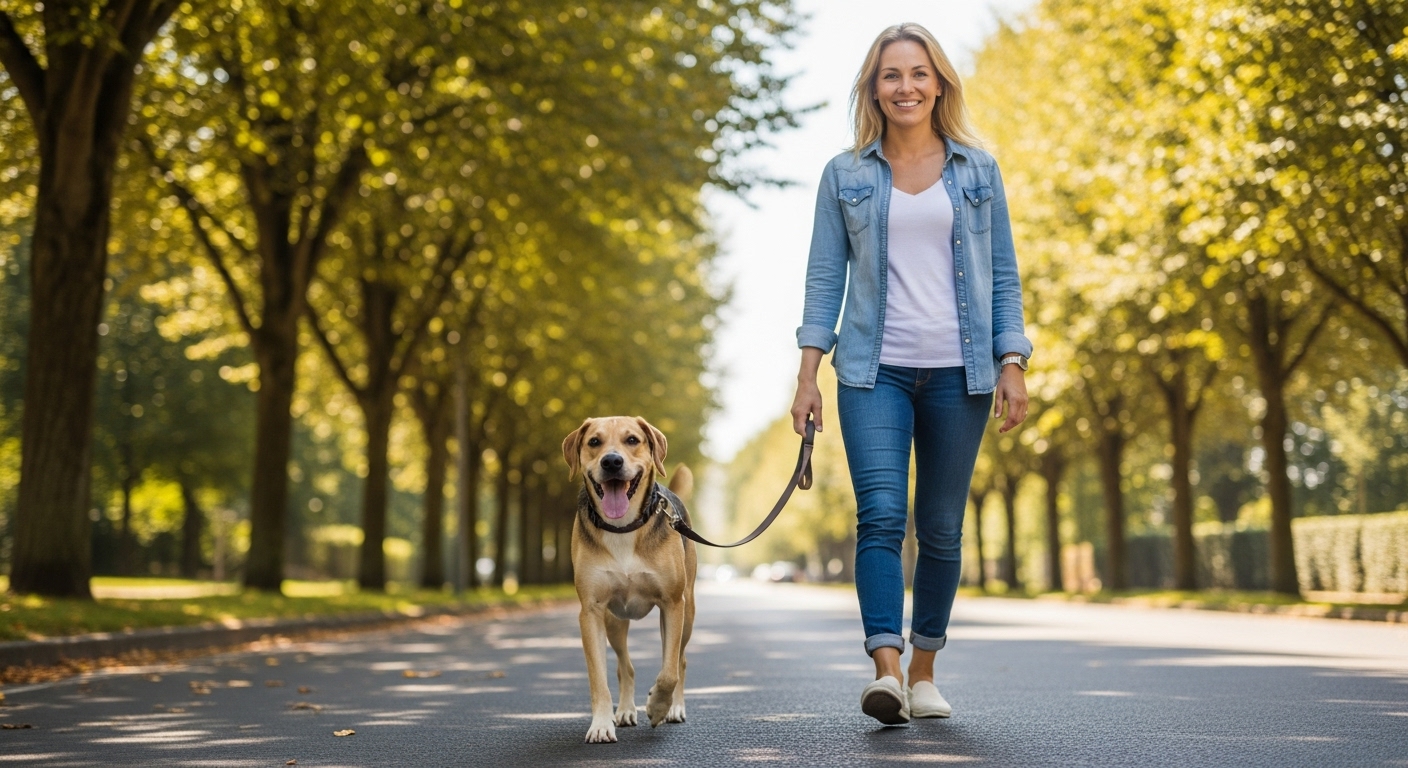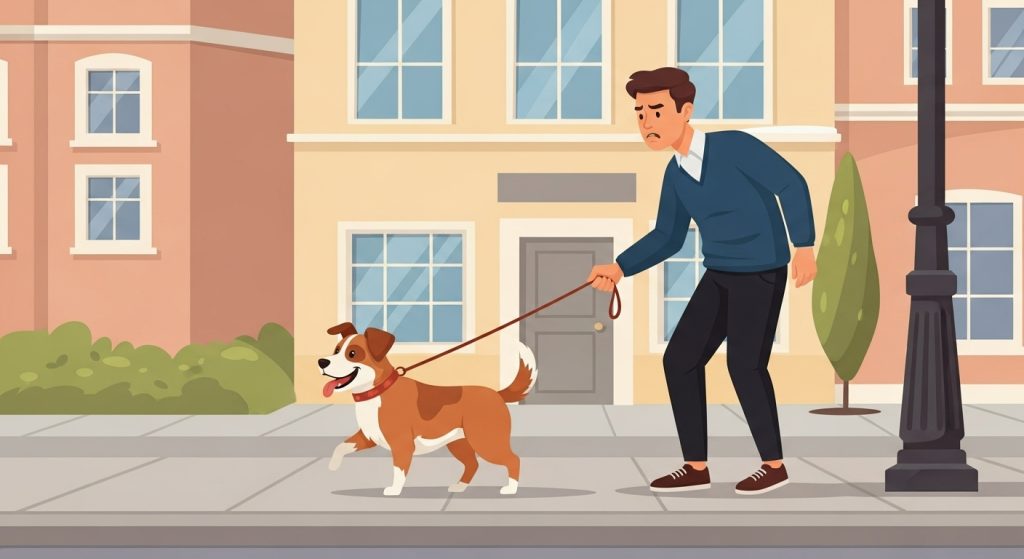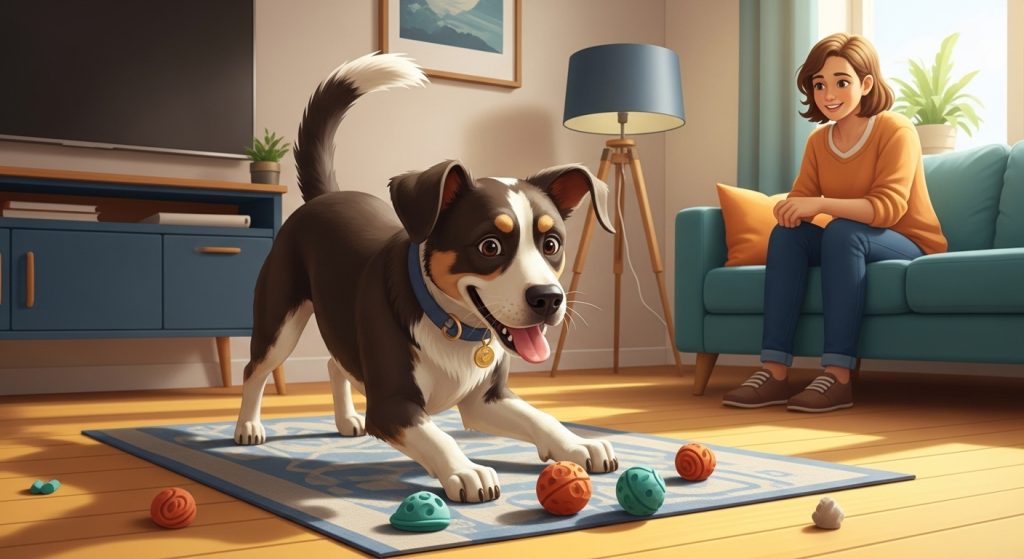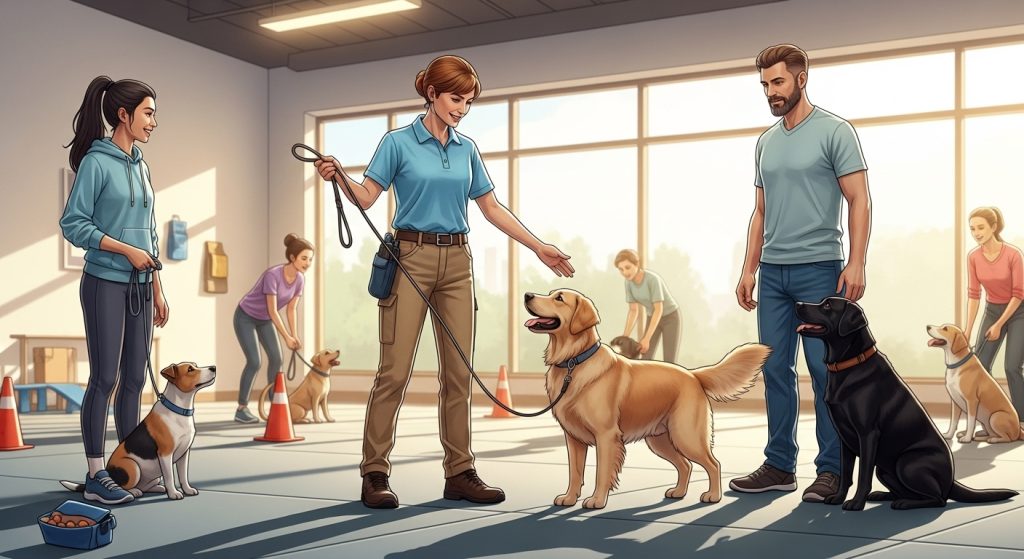Walking your dog should be one of the most enjoyable moments of the day. However, if your dog constantly pulls on the leash, it can turn this simple activity into a frustrating experience. Understanding why dogs pull on leash is the first step toward effective training.
Dogs often pull due to excitement, lack of training, or a desire to explore the surroundings. Puppies and young dogs are usually the most energetic and need proper guidance. Even adult dogs can develop pulling habits if left unchecked.
Key Reasons for Leash Pulling
-
High energy levels: Dogs need to expend energy; pulling may be their way of doing it.
-
Curiosity and distraction: New smells, sounds, and sights can trigger excitement.
-
Lack of training: Many dogs never learn proper leash etiquette.
If ignored, leash pulling can cause injuries to both the dog and owner, making walks stressful rather than relaxing.
Training Techniques to Stop Leash Pulling
When it comes to stopping your dog from pulling, consistency and patience are essential. There are multiple methods you can try, depending on your dog’s temperament and your walking environment.
1. Positive Reinforcement
Reward-based training is one of the most effective methods. Whenever your dog walks calmly without pulling, offer treats, praise, or affection.
a. Step-by-Step Method
-
Start in a low-distraction environment, like your backyard.
-
Hold the leash loosely and begin walking.
-
If the dog pulls, stop immediately. Wait until the leash is slack before continuing.
-
Reward every successful step where the dog walks beside you.
b. Benefits
-
Strengthens bond with your dog
-
Encourages repeatable behavior
-
Reduces stress for both owner and dog
2. Using Training Tools
Certain tools can make leash training easier, especially for larger or stronger dogs.
-
No-pull harness: Reduces the dog’s ability to pull by redirecting pressure.
-
Head collars: Guide the dog’s head gently to control direction.
-
Proper leash length: A 4-6 foot leash is ideal for training.
Tip: Always pair tools with positive reinforcement to avoid stress or fear.
Behavior Adjustment Strategies
Training your dog to stop pulling is not just about the leash; it’s about understanding behavioral patterns and making gradual adjustments.
1. The “Stop and Go” Technique
Whenever your dog pulls:
-
Stop immediately.
-
Wait until the leash slackens.
-
Continue walking only when the dog calms down.
Consistency is key. Over time, your dog will learn that pulling does not get them where they want to go faster.
2. Change of Direction
Another effective strategy is the “turn around” method:
-
When the dog pulls, turn and walk in the opposite direction.
-
Call the dog’s attention gently.
-
Reward when your dog follows calmly.
This technique teaches your dog that following the owner’s pace is rewarding while pulling is not.
3. Mental and Physical Exercise
Dogs often pull because they are bored or restless. Increasing daily exercise helps reduce leash pulling:
-
Morning jogs or runs
-
Interactive toys and puzzle feeders
-
Obedience training sessions
Long-Term Strategies and Professional Advice
Even with training and techniques, some dogs may need additional guidance or professional help.
1. Enroll in Obedience Classes
Structured classes provide:
-
Professional trainers
-
Socialization with other dogs
-
Consistent reinforcement techniques
These classes can accelerate learning and improve behavior dramatically.
2. Track Progress and Stay Consistent
Maintaining a training journal can help monitor improvements:
-
Note frequency and intensity of pulling
-
Track successful calm walks
-
Adjust techniques if progress stalls
Consistency is essential; dogs learn best when rules remain the same across all family members.
3. Consider Your Dog’s Health
Sometimes pulling can indicate physical discomfort:
-
Joint issues
-
Respiratory problems
-
Pain or stiffness
Regular vet checkups ensure that your dog is healthy and that pulling isn’t caused by pain or stress.
Stopping your dog from pulling on the leash requires patience, proper tools, and consistent training. By combining positive reinforcement, behavioral strategies, and professional advice, you can transform walks into a stress-free, enjoyable experience for both you and your dog. Remember, every dog is unique, so experiment with techniques until you find what works best for your furry friend.




